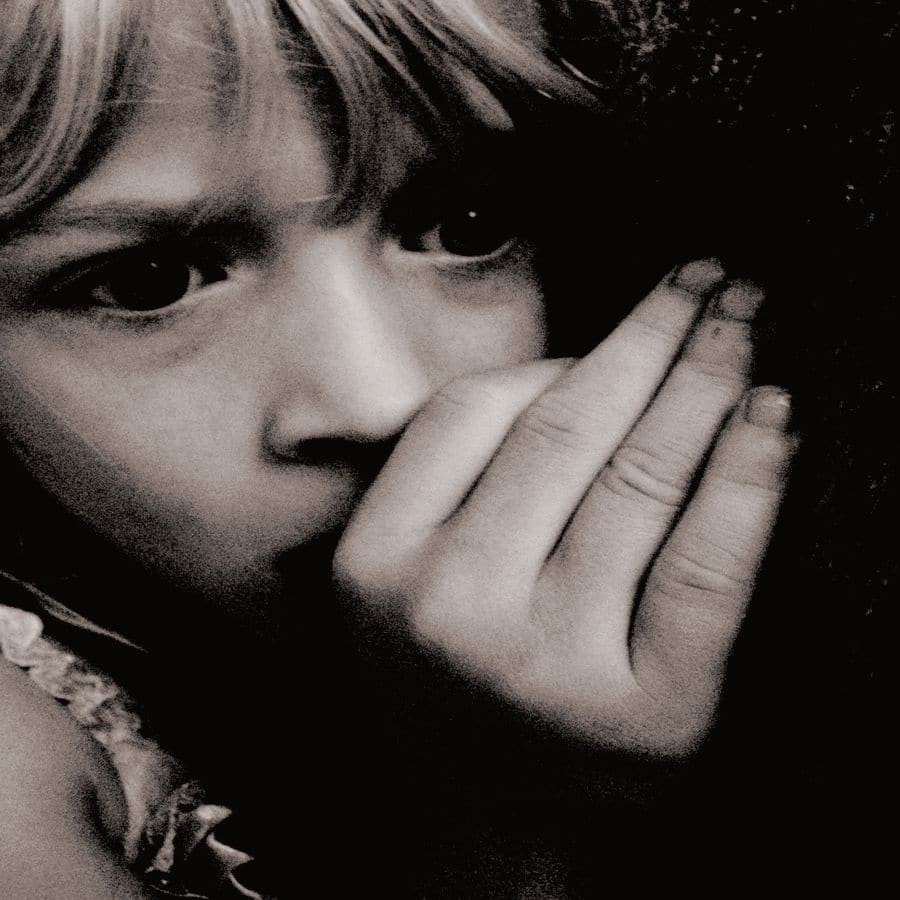Hypnotherapy For Aviophobia – Fear Of Flying Demystified


Individuals with a fear of flying or aviophobia are associated with excessive or unreasonable fear at the mere thought of having to fly. As more and more people have to travel by plane for business or to visit family, this fear is more common than previously thought.
Worry and fear are quite regular for everyday living as a response to an envisioned risk or danger. Victims often structure their lives to stay clear of fear-provoking situations. Evasion results in aggravation to the individual which may interfere with typical business trips that require flights around the country.
During a research study about Selective Hypnotherapy In Treatment Of Flying Phobias, thirty participants fulfilled requirements of people who expressed an overwhelming fear of flying. They displayed a level of anxiousness to the scenario of potential air travel which they could not explain or reason away, was beyond their control and also brought about evasion. Over twenty percent ranked their level of aviophobia as severe while over forty percent scored evasion of flying as a response to the anxiety. After initial treatment, eighty percent were greatly improved. After six months following the hypnosis sessions, over seventy eight percent successfully embarked on a flight without panic. The bulk of patients in the research study either lost their fear of flying totally or had phobic signs and symptoms that were considerably reduced. This shows that minimal clinical involvement involving hypnotherapy for flying anxieties is sufficient.

In 2012, a clinical case study at Penn State University was developed highlighting the airplane phobia of a candidate with an overly obsessive pre-deposition. Ms. K was a 50-year-old divorced woman, a science educator at a local college. She had two grown-up daughters living out of state. Ms. K reported signs and symptoms that followed a diagnosis of specific aviophobia with panic attributes. Ms. K was assessed for her degree of hypnotizability using the Stanford Hypnotic Susceptibility Scale. On this measure, Ms. K scored a five which made her reasonably hypnotizable and also acceptable for the use of hypnosis in therapy.
After twelve sessions of therapy, Ms. K’s self-assessed anxiousness concerning her fear of flying decreased, as her self-reported variable “preparedness to fly” showed significant reduction during follow-up. This single-subject research study enabled a rich exploration of a therapy case treating aviophobia symptoms making use of supportive psychotherapy with adjunctive hypnosis. The researchers were able to record the subjectively knowledgeable pattern of sign adjustment with a degree of detail not commonly managed in studies with larger groups.
The last study examined three candidates and their varying levels of fear associated with flying on a plane. Each patient was examined for two years prior to therapy with hypnosis and also for two years after treatment with hypnosis for descriptive attributes when it comes to aviophobia. They were seen for five sessions of hypnosis for therapy. There were follow-up evaluation sessions for the three patients one week after each visit.
Throughout the pre-hypnosis sessions, which consisted of eight air flights over a period of two years, Patient A expressed strong anxiety regarding air security. She manifested a high level of distress during each of her flights. On one occasion, she had an anxiety attack. After completion of hypnosis therapy, she stated a fifty percent reduction from feelings of despair. She ultimately displayed a seventy-five percent decrease in fear of flying and was without panic attacks after follow-up sessions.
Patient B exhibited an intense concern over air flight security during his pre-hypnosis sessions. He also revealed high anxiety, yet he did not have any panic attacks. Hypnotic treatment caused a seventy-five percent reduction in feelings of anxiousness.
Patient C required approximately thirty-five minutes of hypnosis to achieve success in therapy. Throughout the pre-hypnosis sessions which included up to eight flights over a period of two years, she showed intense fears concerning flight safety. After the hypnosis sessions, she reported a fifty percent decrease of excessive fear for flight security. Additionally, there was no evidence of anxiety attacks.
Although incidents of aviophobia are more widespread as more individuals travel on airplanes as a form of transportation, the phobic air traveler need not despair. With good management, the disabling fear and frantic evasion behavior can be reversed after thorough sessions with a clinical hypnotherapist.


